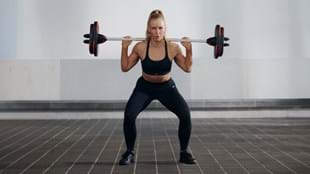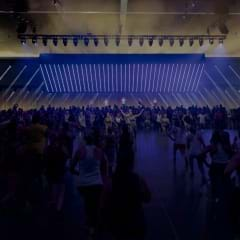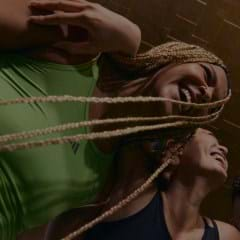Whether you've recently embarked on a new exercise routine, or if you’re a regular no-nonsense gym bunny, it’s important to work out wearing the best training shoes for your needs. The right pair is essential for long-term training, helping to prevent pain and reduce the risk of injury later in life.
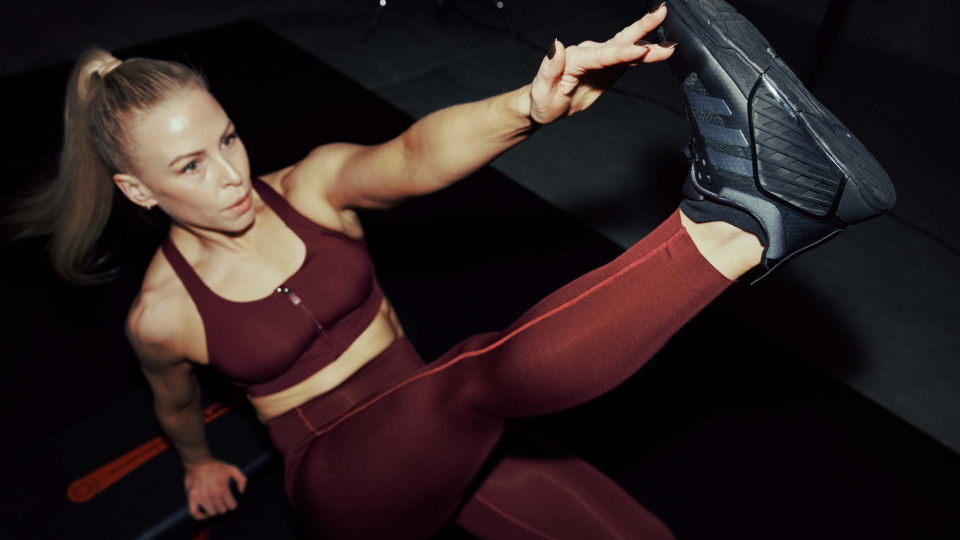
The first step to finding perfectly fitting sports shoes is to analyze how you walk. The best way to determine how you walk, and what type of shoe you need, is by looking at the size of your foot arch. Your arch can be low, high, or 'standard' and controls the way you place your foot when you walk.
Check out your arch by doing a footprint test – wet your foot, step on a piece of paper and trace your footprint. The imprint shows which foot type you have: under-pronation, over-pronation, or a natural arch.
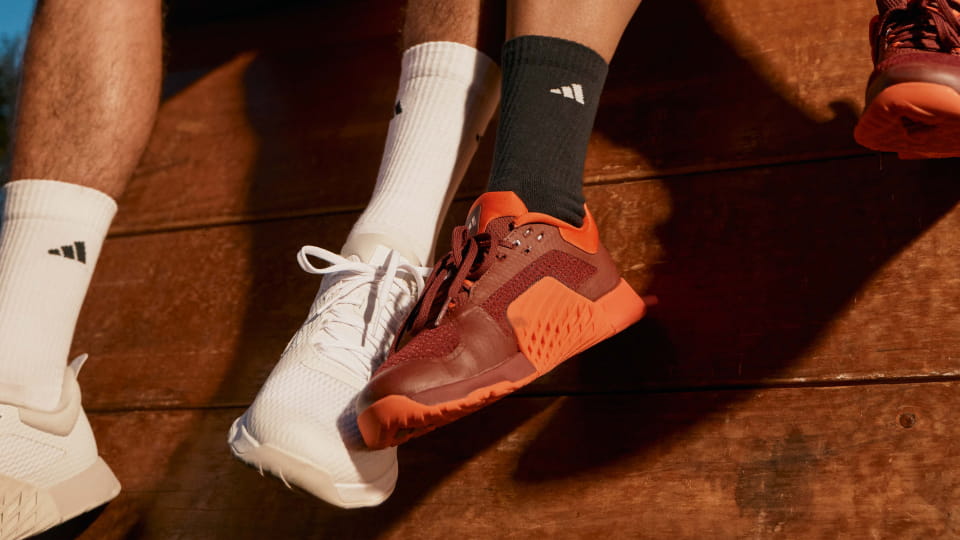
What is under-pronation?
If the footprint shows only a portion of your forefoot and heel, with a narrow imprint of the outer edge of your foot, then you have high arches and tend to 'under-pronate' (also known as supinate). Underpronation means you roll your foot outwards, away from your knee, which causes pressure on the outer edge of the heel and the little toe. The best shoe for you is a cushioned shoe with a soft midsole to encourage your foot to move into the center.
What is over-pronation?
If your footprint shows the entire sole of your foot with little to no curve on the inside, it means you have low arches or 'flat feet' which is called 'overpronation'. Over-pronate feet roll inwards and can create pressure on the outside heel and inside of your foot. You should seek out a shoe that has maximum support to balance out and center the foot.
What is a natural arch?
If your footprint has a distinct curve along the inside of your foot, this means you have a natural arch and you wear your shoe evenly. The best shoes for your feet have good cushioning, mixed with support to keep the trend even.
Don’t fancy doing the wet-foot test? You can simply look at the sole of an old pair of sneakers which will highlight where your shoe has worn away the most and give you the same answer.
Size matters: How to find your correct shoe size
Unlike other shoes, it's important for your training sneakers to feel comfortable right away, so don't wait for them to 'fit better' or stretch after a few weeks. Your shoe should fit relatively tightly – snug and secure – but not too tight across the top of your foot. And you should be able to wriggle your toes comfortably. Inside your shoe there should be about a ½ inch (13mm) between the front of your big toe and the tip of the shoe. Take your own socks along on your shopping trip – a pair that you plan to wear when exercising, and if you wear orthotics, take them along too, to get the perfect fit.
When is the best time to shoe shop?
When shopping for shoes, the best time to hit the stores is towards the end of the day. Your feet swell across the day, and they also expand during exercise, so try on shoes when your feet are at their largest. Your feet often change size as you get older too, so every year get a fitting to check your size. Shopping online is another great option. This allows you to try the shoes at any time in the comfort of your own home. And you can return them if they don't fit correctly.
Money doesn’t buy you everything
Buying training shoes can be an expensive process, and with so many options on offer, it's hard to know right from wrong. While it's justifiable to invest in a good pair of training shoes – since you will be wearing them quite a lot – keep in mind that an expensive shoe doesn’t always mean it’s a better shoe, so instead get the best fit for your foot.
Finally, remember to replace your sports shoes every six to eight months, or when your feet start to feel uncomfortable. Another indicator that it’s time for a new pair is if you experience pain in your knees, ankles or shins – or the back of the sole becomes worn out, giving you less support.
Do you need special shoes for lifting weights?
Choosing the best shoes to lift weights in depends on the individual. For serious weightlifters (the type of people who focus on Olympic lifting) specific weight-lifting shoes with a raised heel can be a good option. These shoes have a solid base, which can help lifters generate more power and the raised heel can help with the ankle range of motion. That said, prolonged use of heel-raised shoes can reduce ankle range of motion in the long run. At the other end of the scale, some serious lifters choose to lift in bare feet, believing this helps improve foot strength and grip, move with better balance and feel more grounded.
For most movers, simply choosing a supportive and stable shoe is the best bet. This type of shoe offers sufficient support while providing a good level of motion control by not numbing the sensory and mobility requirements on needs.

“The adidas Dropset 2 feel flat, stable, and strong. They help me feel more grounded and centered. I only choose shoes that are comfy and these shoes definitely tick that box.” Kaylah-Blayr Fitzsimons Nu’u, Les Mills Trainer.



